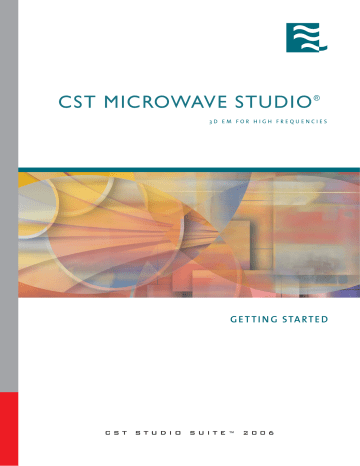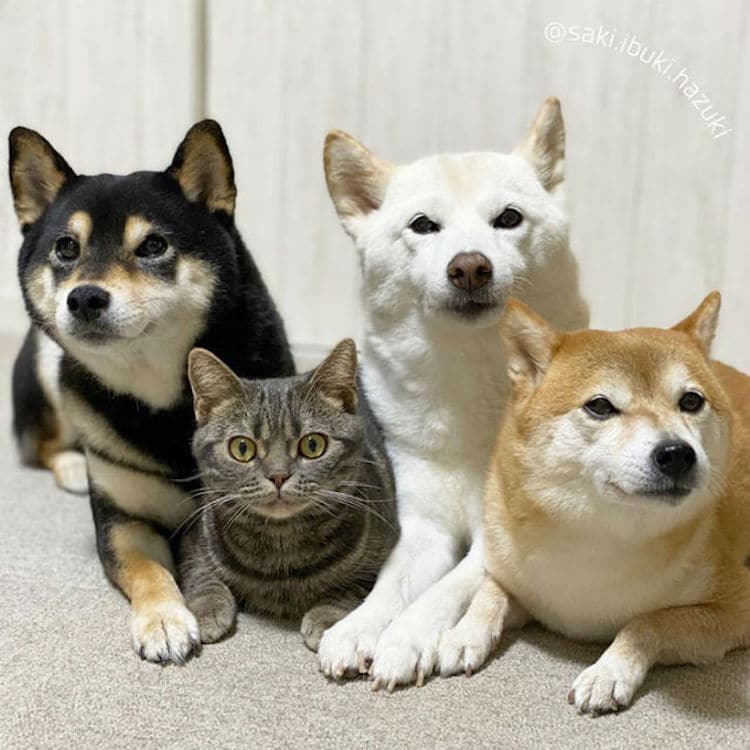

When comparing simulation results with analytical results it might e.g. However, barring a few special characters, you can enter an arbitrary result name. (Freq)”, indicating that the conduction current density is evaluated along curve1 at frequency “Freq”. The default name for the result is “curve1_Cond. Browse for results, select the Conduction Current Density, set “Component” to “Abs” and “Complex” to “Mag” to get the magnitude of the conduction current (the main steps are shown in Fig.

To evaluate the field on a curve choose “2D and 3D Field Results” in the first drop down menu and “Evaluate Field on Curve” in the second. The “Template Based Postprocessing” window offers a variety of features. For this purpose, the corresponding post-processing templates are used. 3.īy setting up a curve along the radius of the disc we can directly evaluate the induced current distribution in the disc and compare the results with the analytical expression. With the cylindrical disc it is possible to activate symmetry conditions which help to reduce mesh size and therefore calculation time. In accordance with the source field, the boundary conditions in the z-direction are set to ‘magnetic’. We also define a time harmonic homogeneous magnetic source field which is oriented orthogonally to the circular surface of the disc. Why can we neglect this in our consideration? The ModelĪ circular copper disk of radius 2 mm and depth 0.5 mm is defined. What is the qualitative shape of this magnetic field? As the current distribution changes so will the field induced by the current, which in turn influences the current. The current will in turn induce a magnetic field. What direction does the current have when the magnetic field decreases in z-direction / increases in z-direction? In the case of copper, with μr≈1 this is a justified approach. 28 GHz Millimeter Wave Cellular Communication Measurements for Reflection and Penetration Loss in and around Buildings in New York City.If we neglect the magnetic susceptibility of the material. IEEE Antennas and Wireless Propagation, 11, 389–391.Zhao, H., Mayzus, R., Sun, S., Samimi, M., S., J.
Z reference cst microwave studio Patch#
Reduction of mutual coupling between closely packed patch antenna using waveguide metamaterials. International Symposium on Antennas and Propagation (APSURSI), 2193 - 2194. Ĝoupling on Ka-band Circularly Polarized Beam Scanning Antenna Array. Tang, X., Qing, X., Liu, W., Nasimuddin, Zhai, G., & Chen, Z. IEEE Transactions on Antennas and Propagation. Bandwidth enhancement and size reduction of microstrip slot antennas. Optimization of PIFA-IFA com- bination in handset antenna designs. 2014 22nd International Conference on Software, Telecommunications and Computer Networks (SoftCOM). Rectangular patch antenna: Design, wideband properties and loss tangent influence. Senic, D., zivkovic, Z., simic, M., & Sarolic, A. Compact and Broadband Microstrip Antennas. The antenna has widely accepted radiation characteristics and provides good performance in avoiding interference with wireless systems With the static radiation patterns over the entire frequency range, at frequencies 0.9, 1.8 and 2.4 GHz, a good agreement between the simulation results and the measurements was made.
Z reference cst microwave studio simulator#
Simulation was done using an electromagnetic simulator (CST Microwave Studio). Then get multiple coverage range for mobile phones until the beginning of the fifth generation.


Antenna performance has been improved by adding a third antenna chip with an integrated aperture with the previous two antennas operating at 2.4 GHz and generating higher resonant frequencies that help support the required fields. The antenna is suitable for various previous generations up to the beginning of the fifth generation. The thickness of 1.57mm gives a design to the capacity of the GSM antenna and allows it to cover the multi-frequency band between 9. The antenna is designed with dimensions of 91 x 92.5 mm and a thickness of 1.57 mm. In this paper, a triple-band U-shaped antenna is designed for better mobile communication performance to support 5G networks. Microstrip Antenna CST Microwave studio Radiation Pattern (UWB) ultra wideband A Triple-U Triple-Domain Antenna Designed For Mobile Generations Supporting Up-To 5GH


 0 kommentar(er)
0 kommentar(er)
